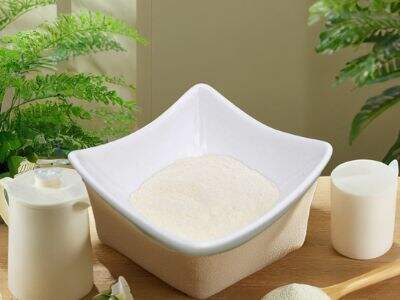Liquid vs. Solid Fertilizers
In terms of their effectiveness, liquid fertilizers generally perform better than solid ones. Liquid fertilizers are convenient to work with as you can apply consistent amounts directly to plant’s leaves or roots by spraying. That means plants can more rapidly absorb the nutrients they rely on. Solid fertilizers, however, require tiny living things in the soil to break them down before plants could use them. This can be a slower process, however, so plants may not receive moisture right away.
Each Type’s Pros and Cons
Liquid fertilizers, are convenient to use, and they are quickly absorbed by plants. That makes plants grow faster and healthier. But you may have to use liquid fertilizers more frequently because they can be washed away by rain or when watering. Solid fertilizers slowly release nutrients over time, so you might need to apply only once or twice a season. This can save time and money, but plants may not have all the nutrients they want immediately.
What is Better for Plants Organic or Chemical Fertilizer
Liquid fertilizers are commonly recommended for plants that need a fast hit, such as vegetables and flowers. They’re also good for plants that have difficulty extracting nutrients from the soil. For example, solid fertilizers might be more appropriate for plants that require nutrients over a longer period of time, such as trees or bushes. Solid fertilizers provide nutrients gradually so plants can absorb them as they require them.
How Fertilizers Work
Liquid fertilizers can be spritzed directly on leaves, allowing plants to immediately uptake nutrients. Solid fertilizers are generally buried in the soil near plants, where they slowly release nutrients. There are benefits to both types of fertilizers for plant growth, but they are better for certain types of plants or conditions.
Effects of Fertilizers on the Soil and Plants
Because water chemicals are generally packaged and used in smaller quantities than solid fertilizers, they can also be less prone to having nutrients being lost in the water. But liquid fertilizers may be more costly. A lot of solid fertilizers are less expensive, and they also serve to enhance soil health as they release nutrients slowly. This could help make the soil more congenial to plants.
So, overall there are goodness and badness in both types of plant food. Liquid fertilizers typically are faster- and easier- for plants to take up, while solid fertilizers release nutrients slowly. What’s the best fertilizer for your plants? It depends. It depends on what they need, it depends on the conditions they’re growing in. You also should consider the type of plant you’re growing and your budget when deciding between liquid and solid fertilizers. At Shellight we want the best for your plants, the best growth, and the most beautiful flowers. By knowing the distinctions between liquid and solid fertilizers, you can make a responsible decision for your plants and the planet.
 EN
EN
 AR
AR
 FR
FR
 KO
KO
 PT
PT
 RU
RU
 ES
ES
 ID
ID
 SW
SW
 BN
BN

 Super Water Absorbent Polymer Potassium Polyacrylate
Super Water Absorbent Polymer Potassium Polyacrylate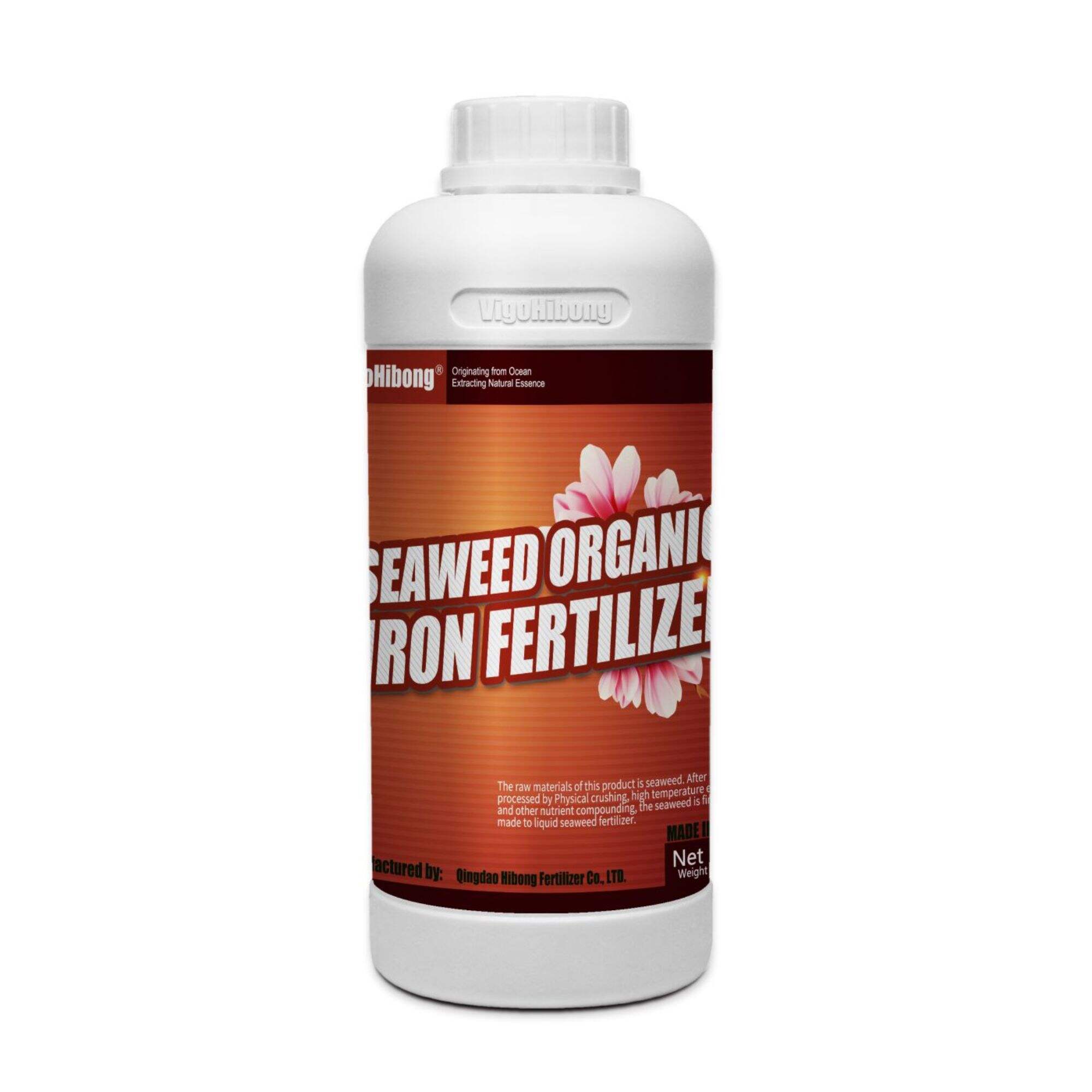 SEAWEED CHELATED IRON LIQUID FERTILIZER
SEAWEED CHELATED IRON LIQUID FERTILIZER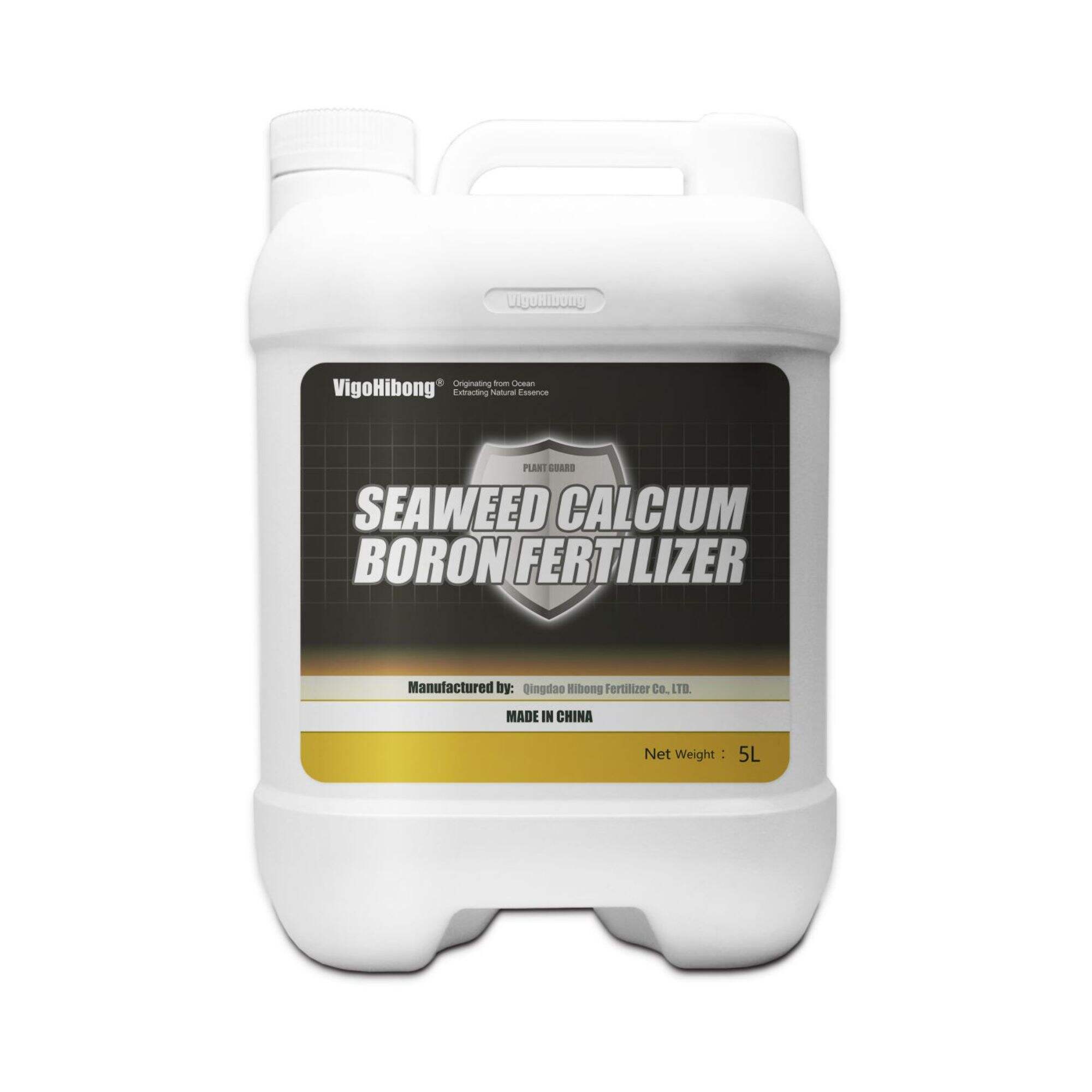 Seaweed Calcium Magnesium Liquid Fertilizer
Seaweed Calcium Magnesium Liquid Fertilizer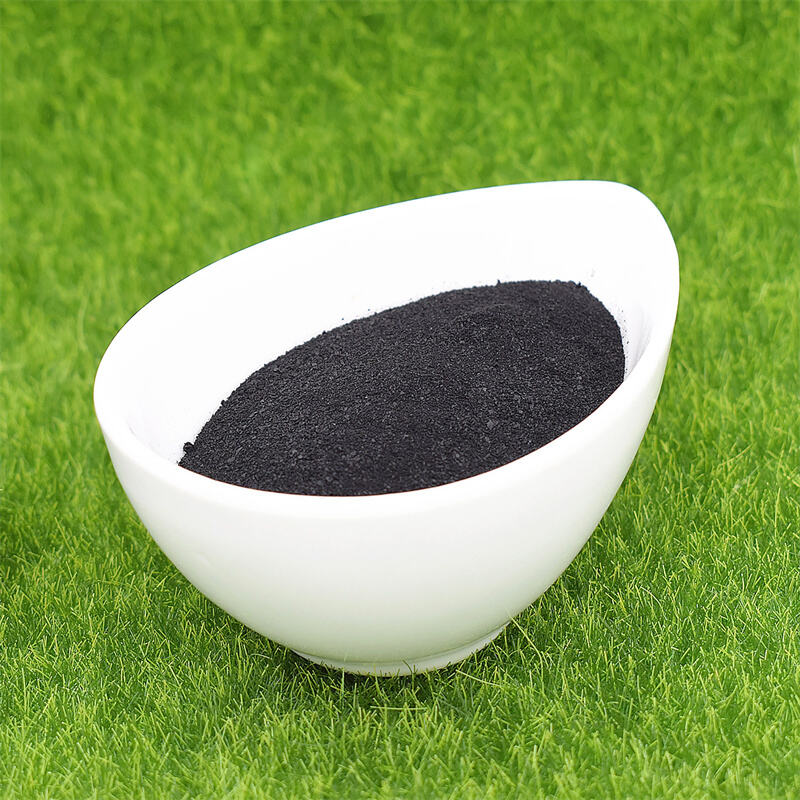 Seaweed Extract Powder
Seaweed Extract Powder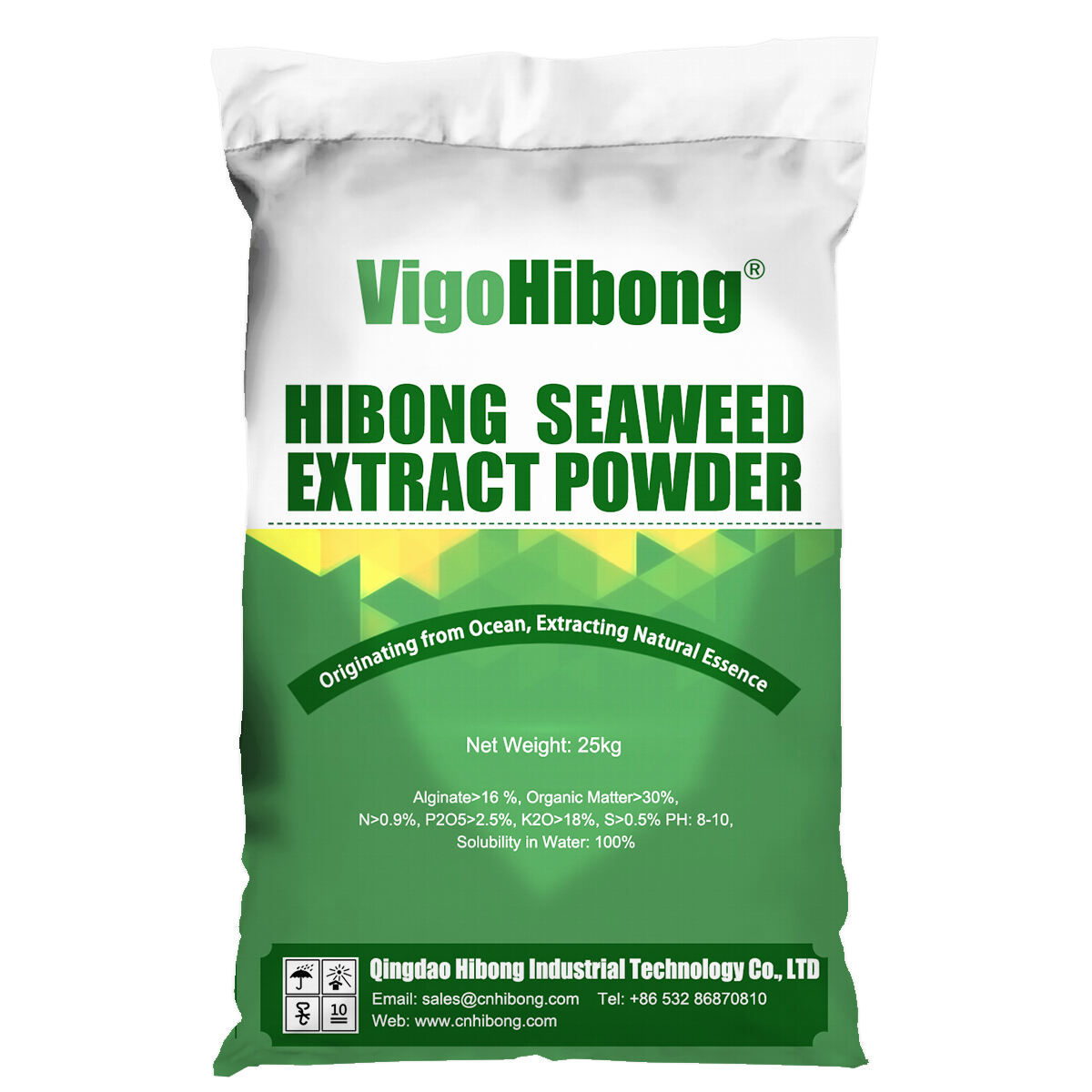 Seaweed Extract Flake
Seaweed Extract Flake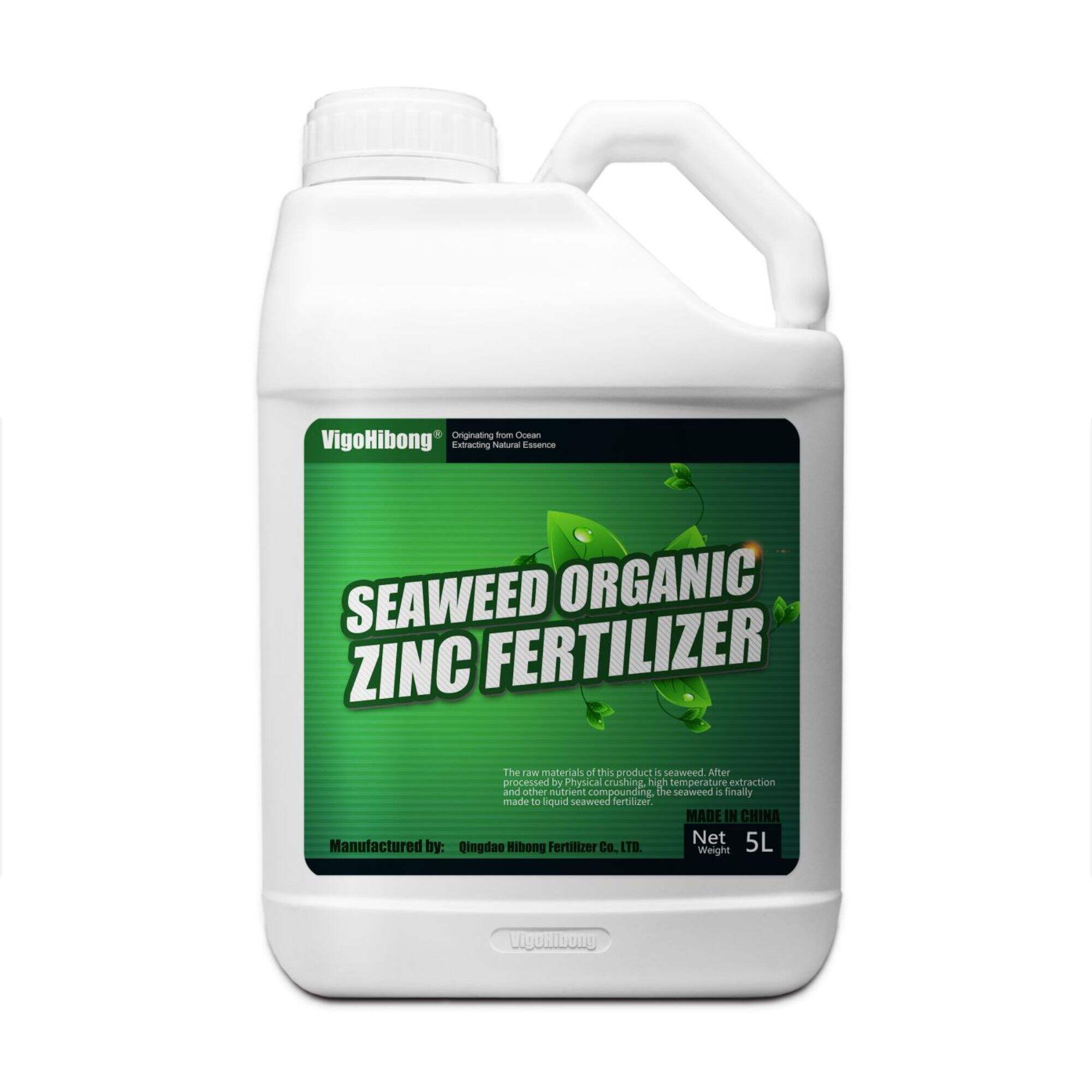 Seaweed Znic Liquid Fertilizer
Seaweed Znic Liquid Fertilizer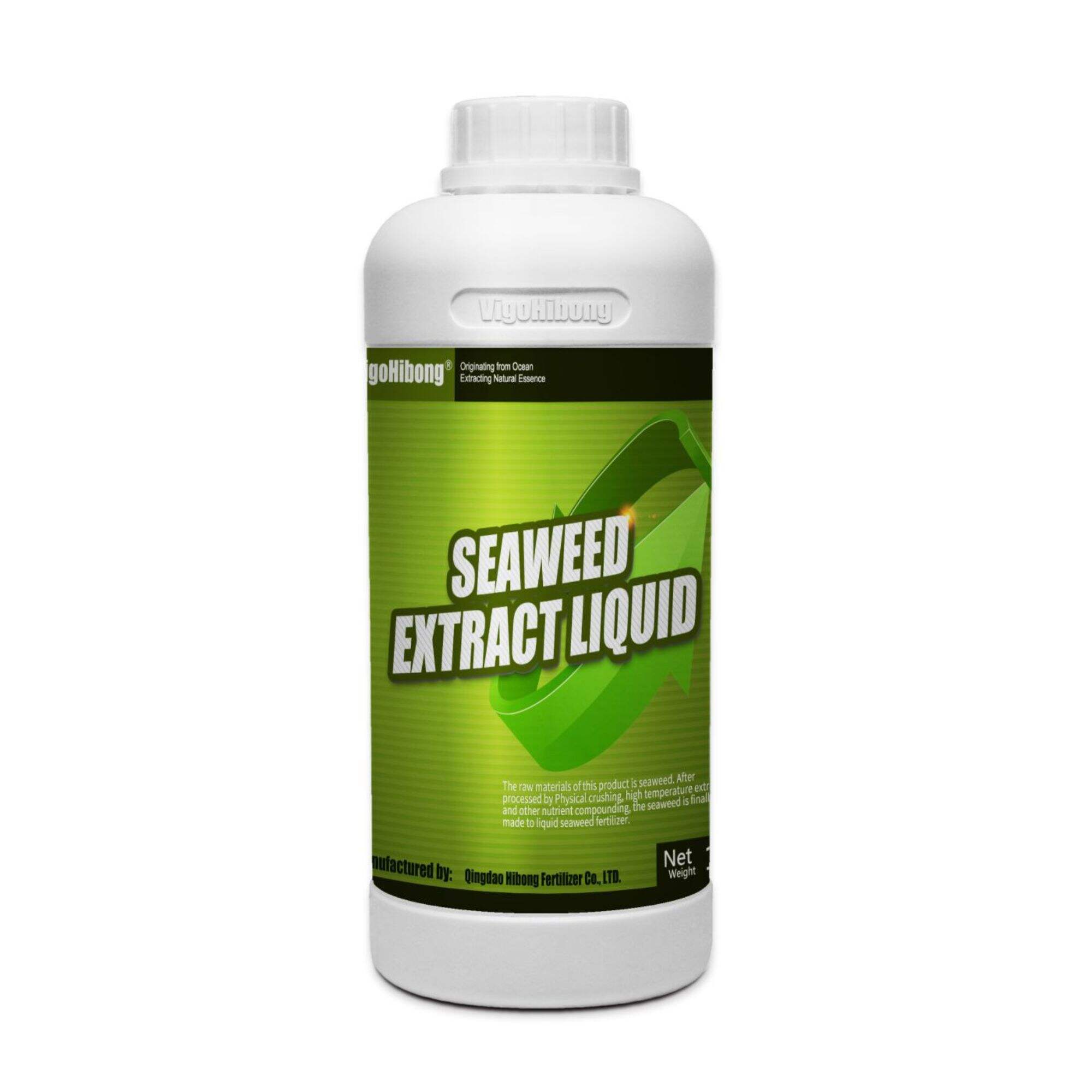 Seaweed Liquid Silicon Fertilizer
Seaweed Liquid Silicon Fertilizer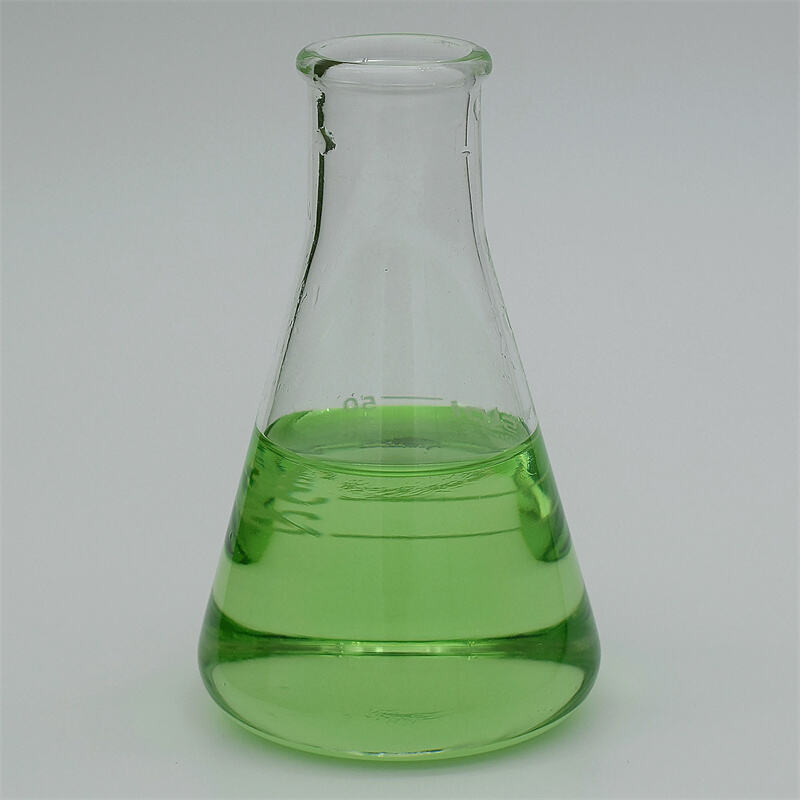 Liquid Seaweed Fertilizer
Liquid Seaweed Fertilizer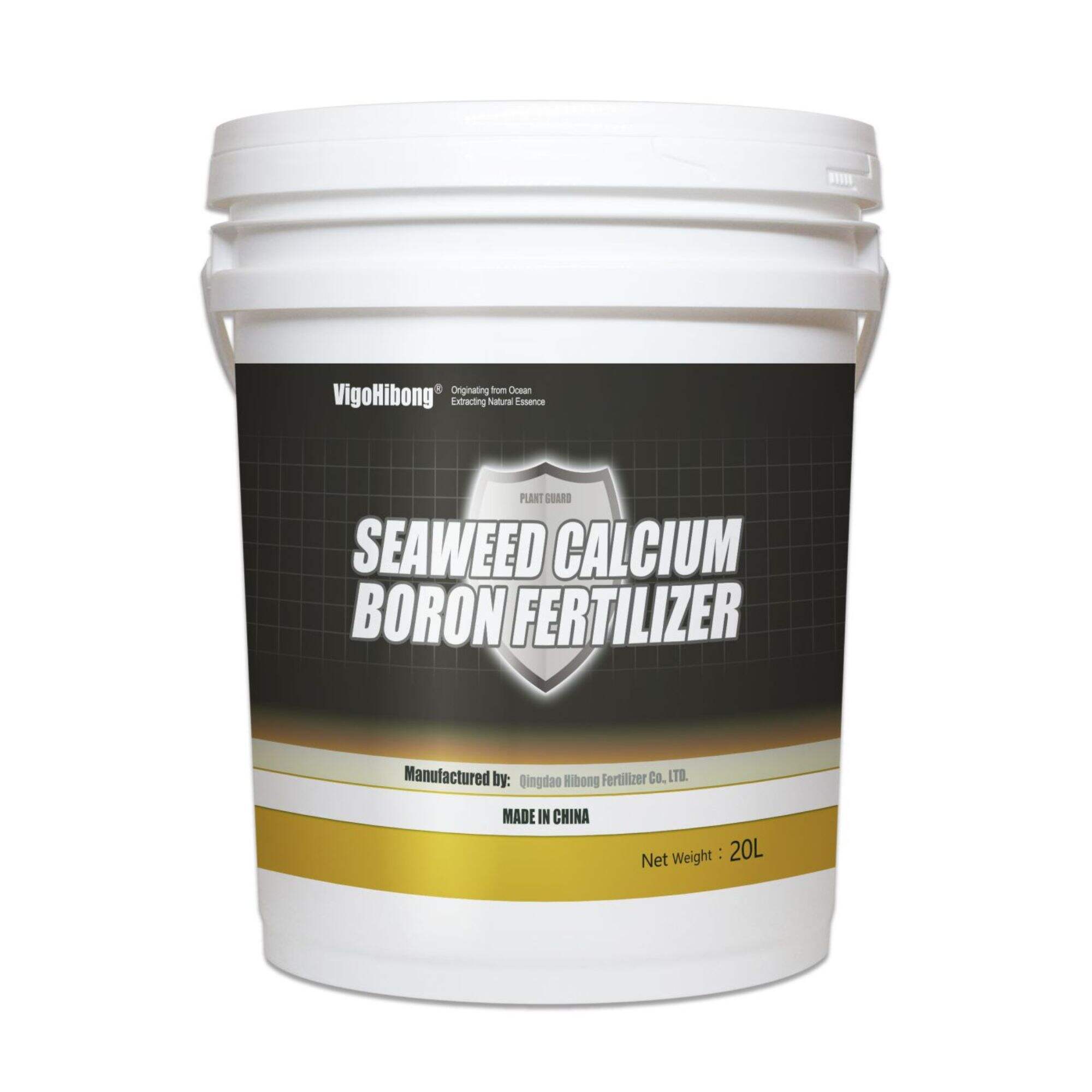 Seaweed Organic Liquid Calcium Boron Fertilizer
Seaweed Organic Liquid Calcium Boron Fertilizer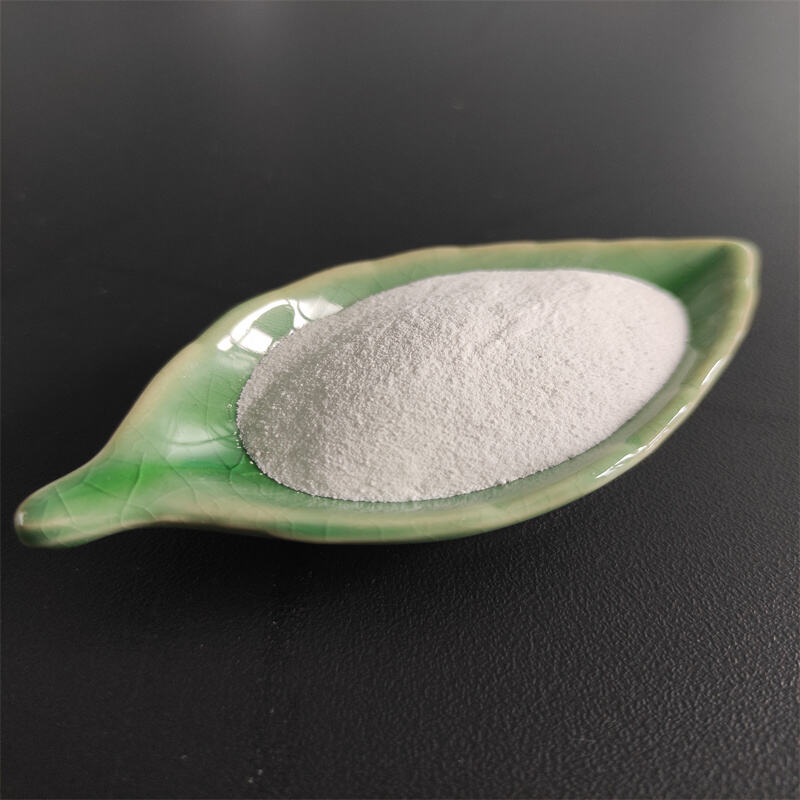 L-Cystine
L-Cystine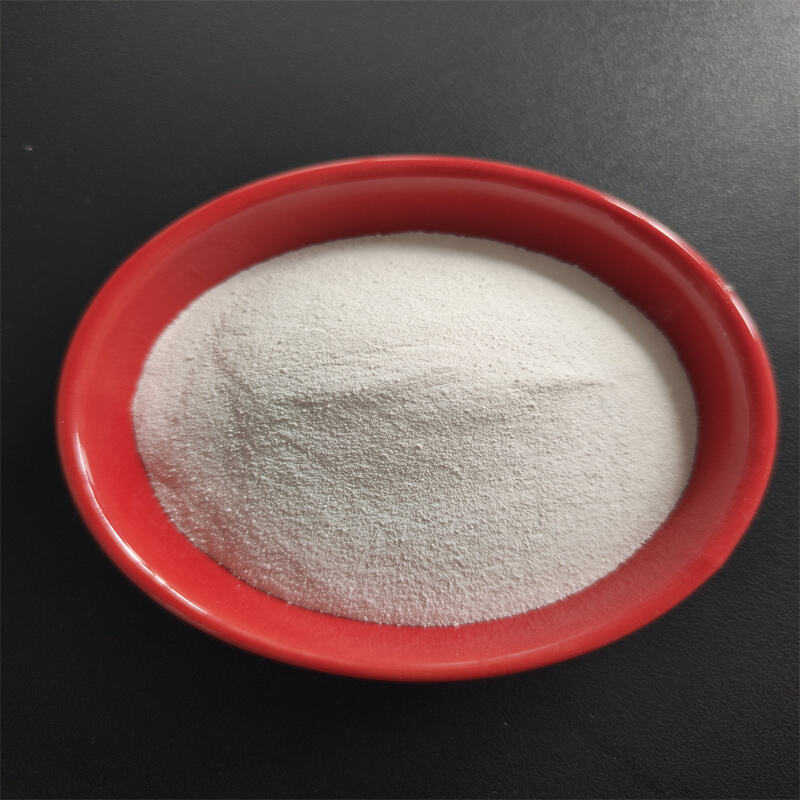 L-leucine
L-leucine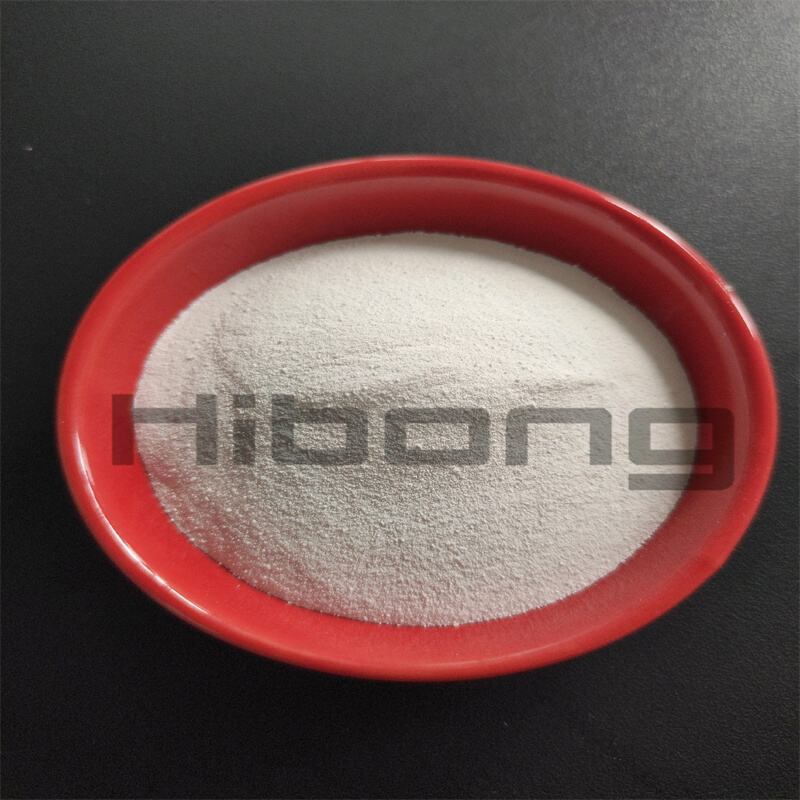 L-Cysteine
L-Cysteine 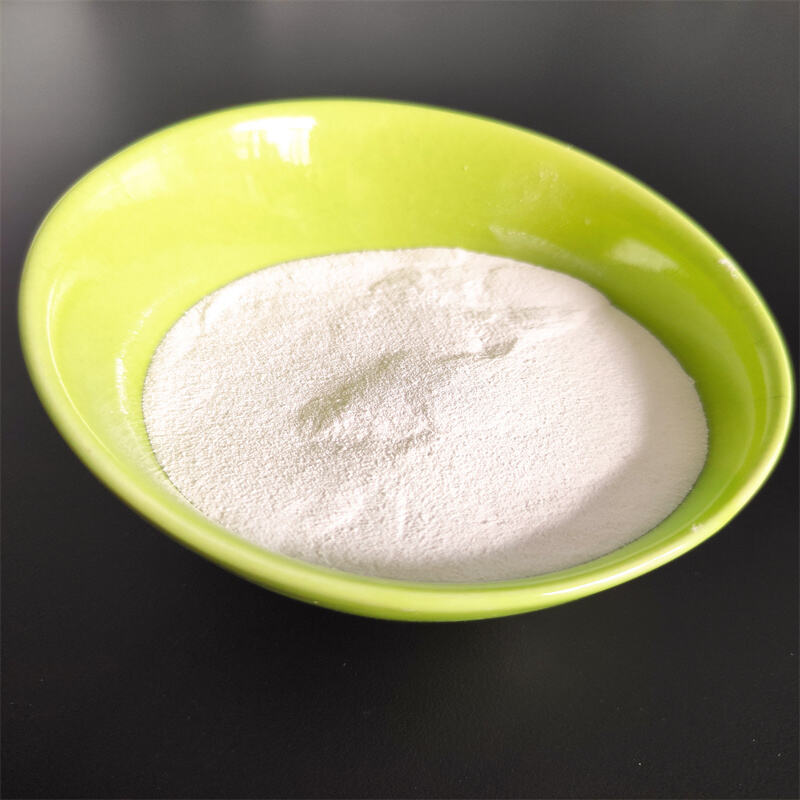 L-Arginine
L-Arginine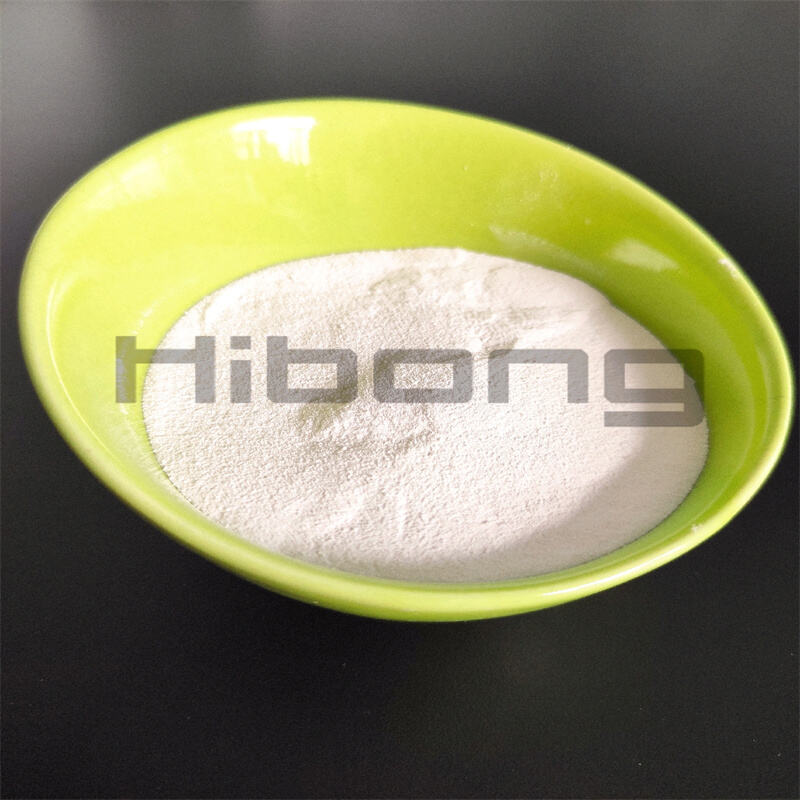 L-Lysine
L-Lysine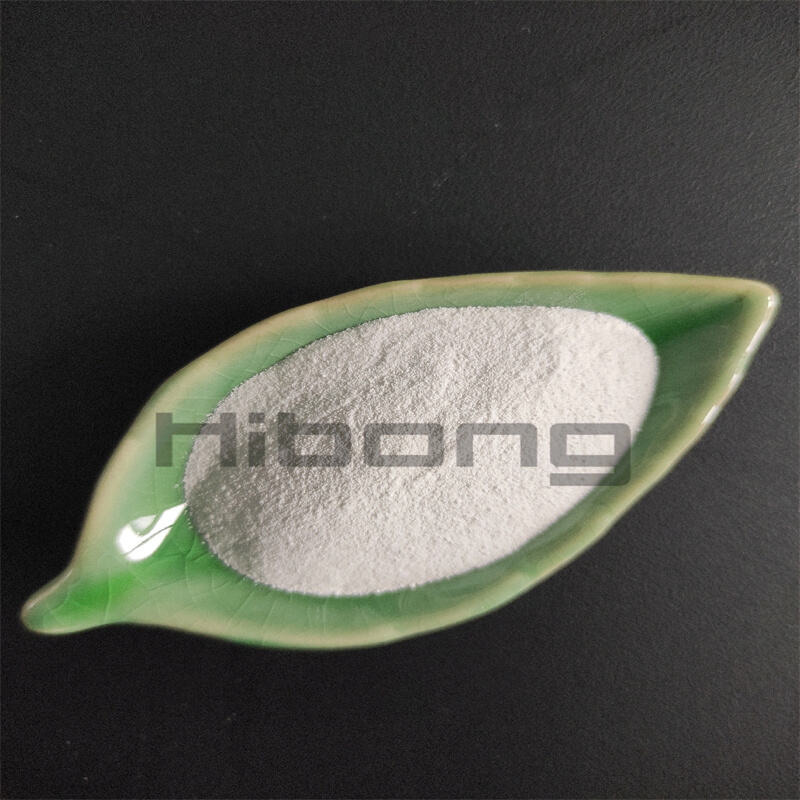 L-Thioproline
L-Thioproline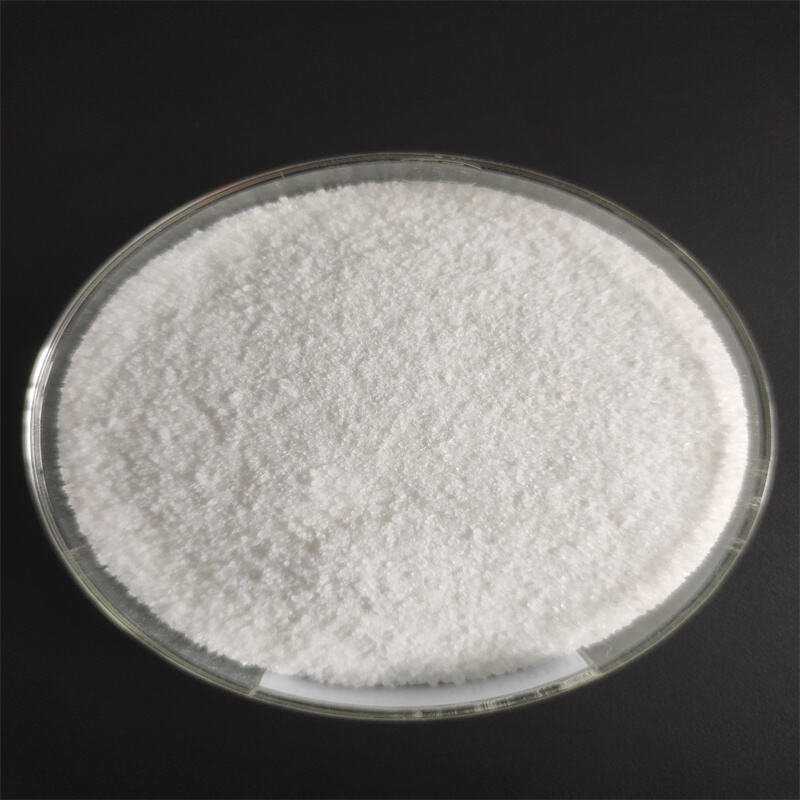 Aluminium sulphate
Aluminium sulphate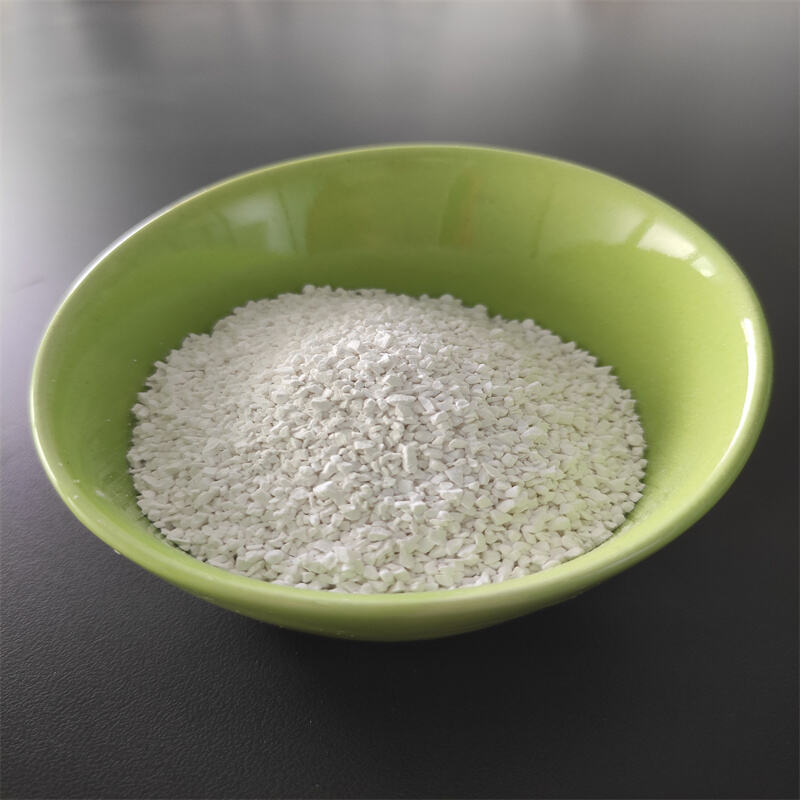 Calcium hypochlorite
Calcium hypochlorite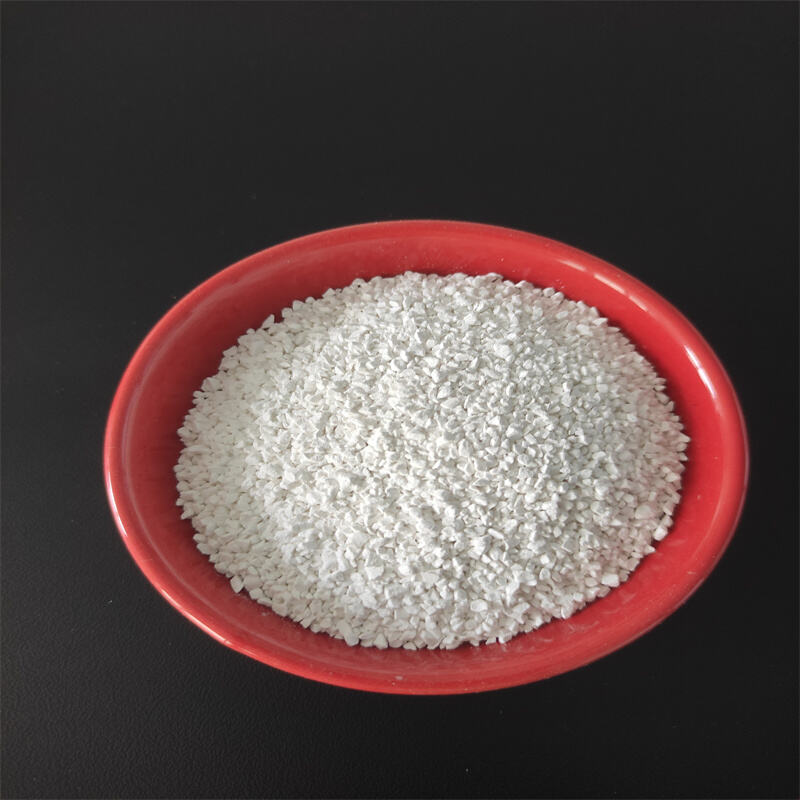 Chlorine dioxide
Chlorine dioxide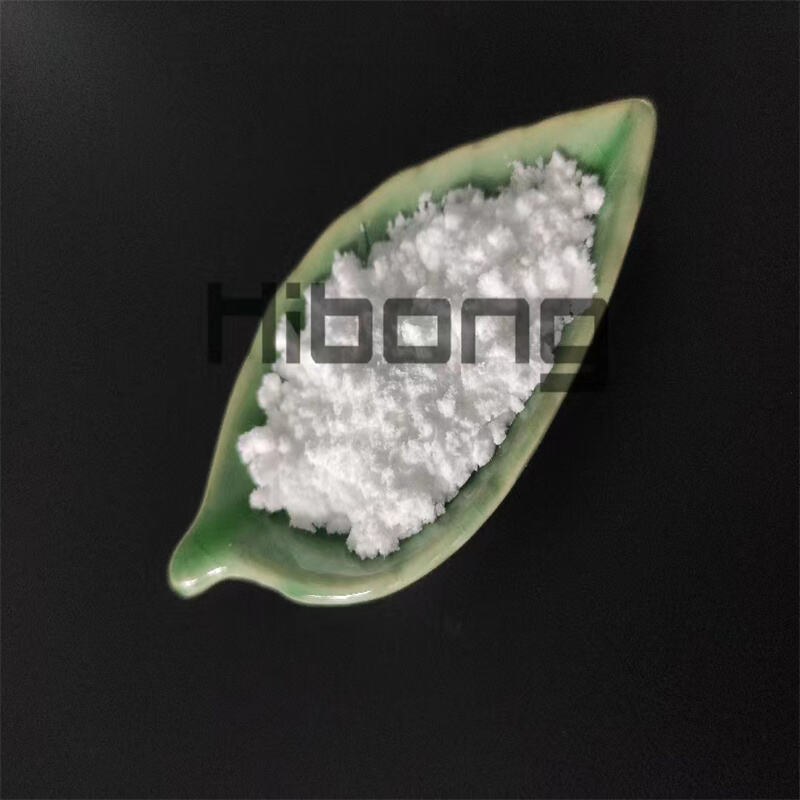 Cyanuric acid
Cyanuric acid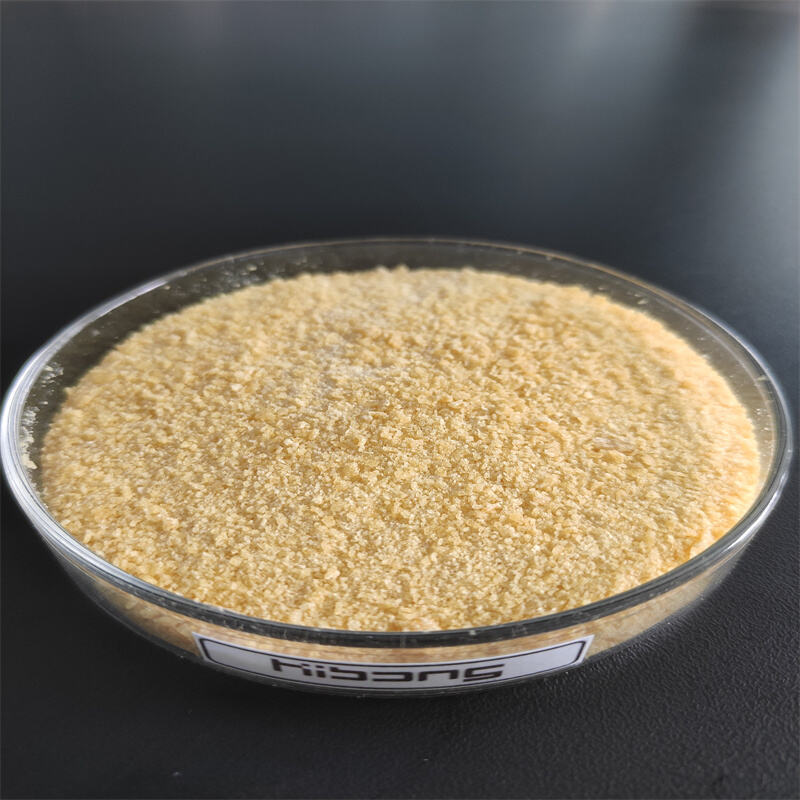 Polyaluminum Chloride
Polyaluminum Chloride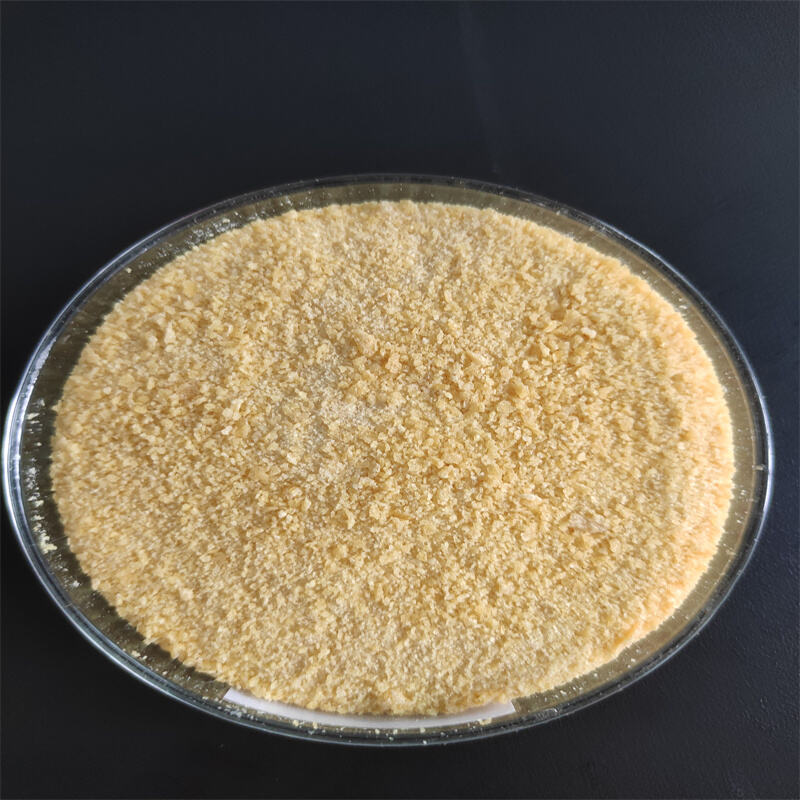 Polyacrylamide
Polyacrylamide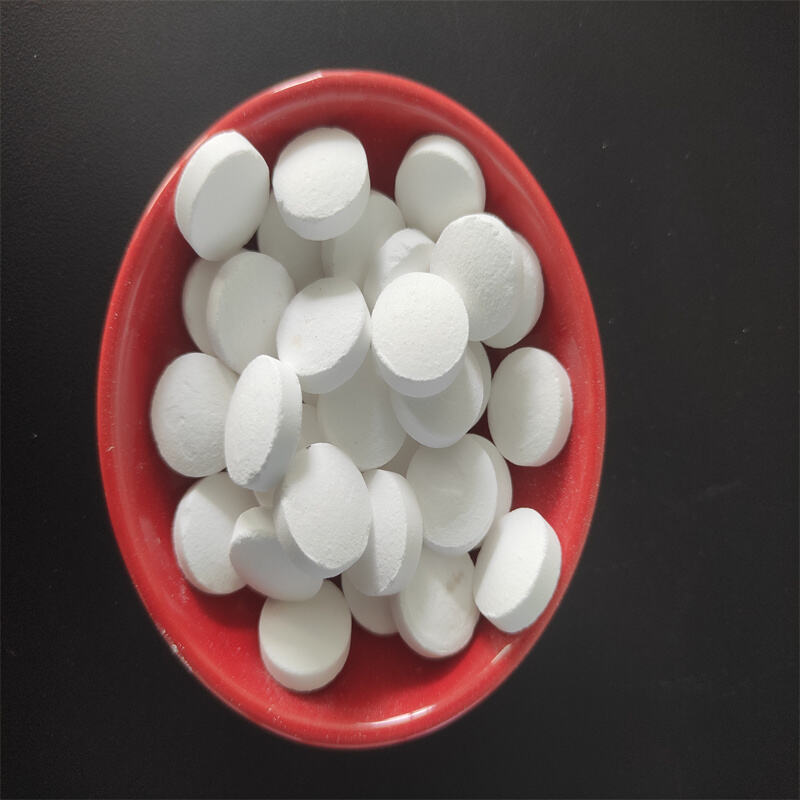 Sodium Dichloroisocyanurate (SDIC)
Sodium Dichloroisocyanurate (SDIC)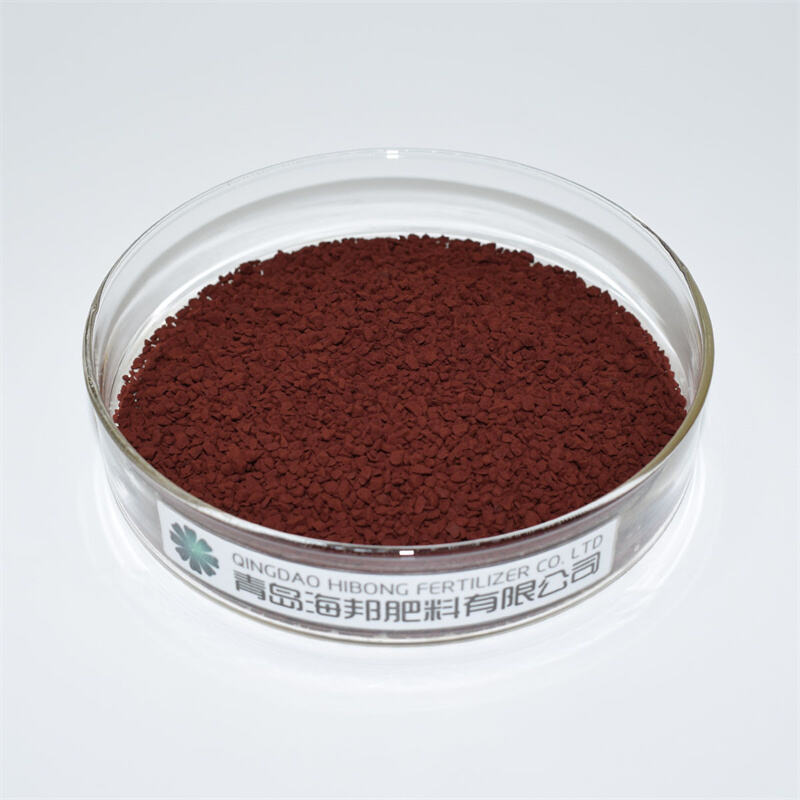 EDDHA Fe Powder
EDDHA Fe Powder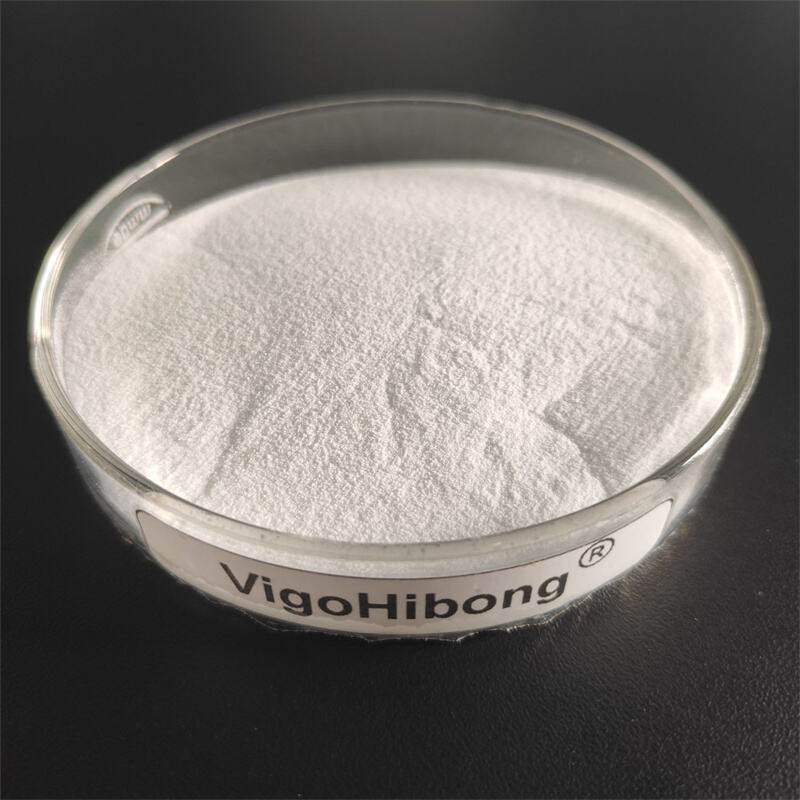 EDTA 2NA
EDTA 2NA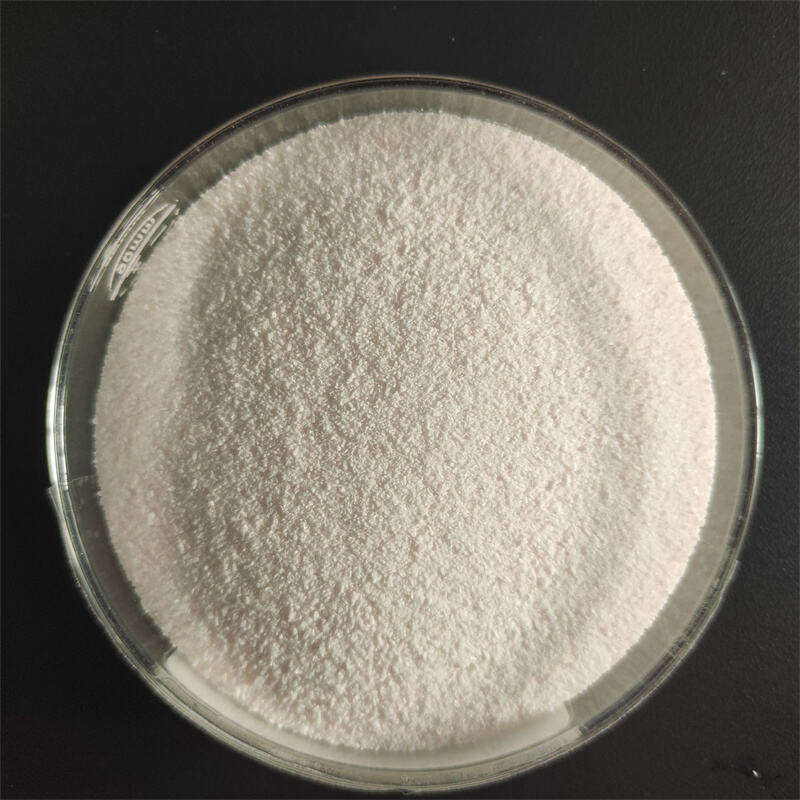 EDTA 4NA
EDTA 4NA 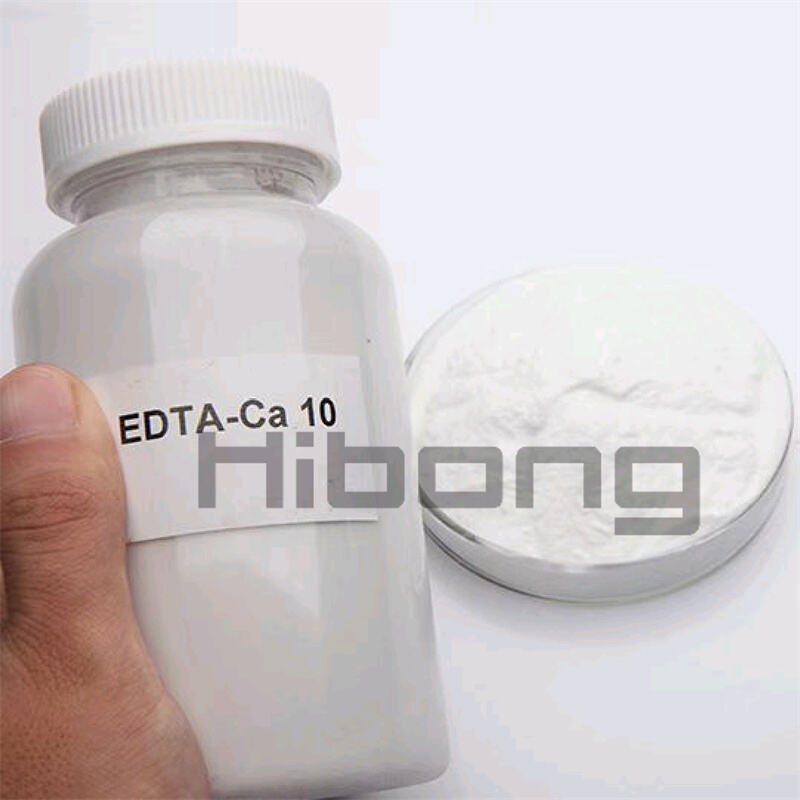 EDTA Ca
EDTA Ca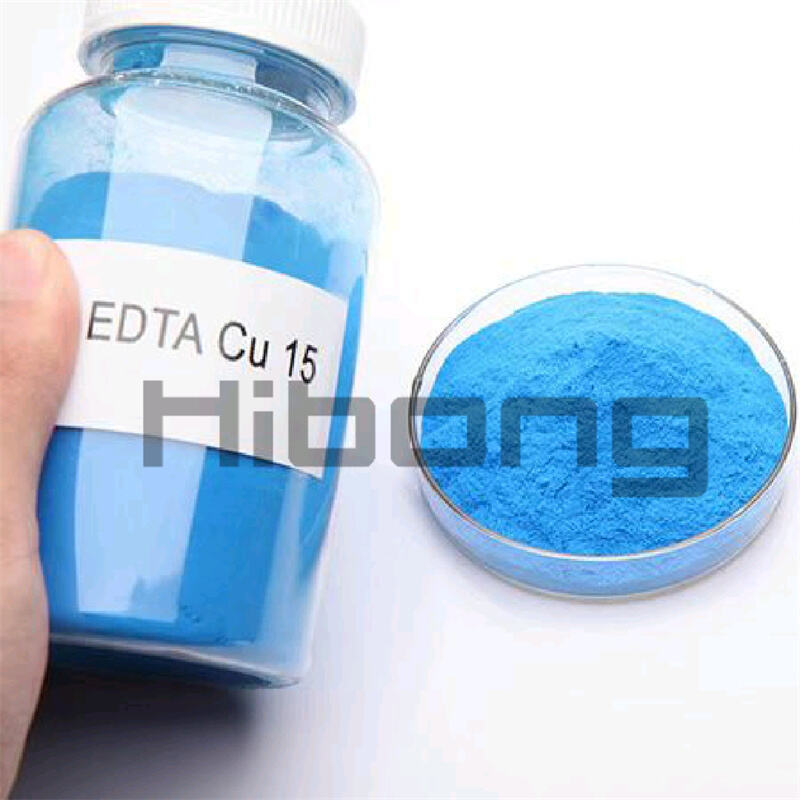 Edta Cu 13%
Edta Cu 13%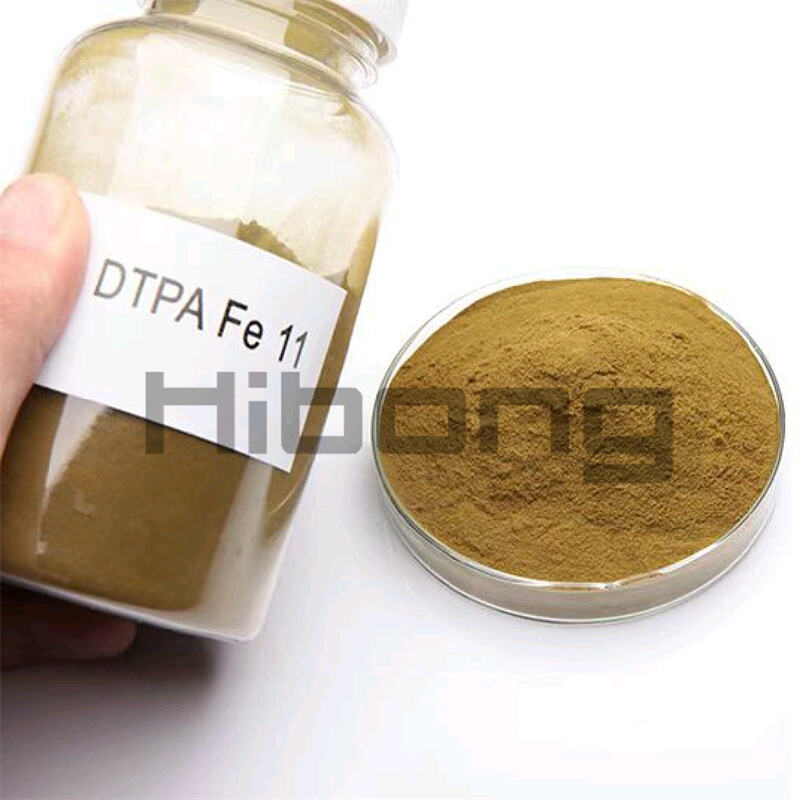 EDTA Fe
EDTA Fe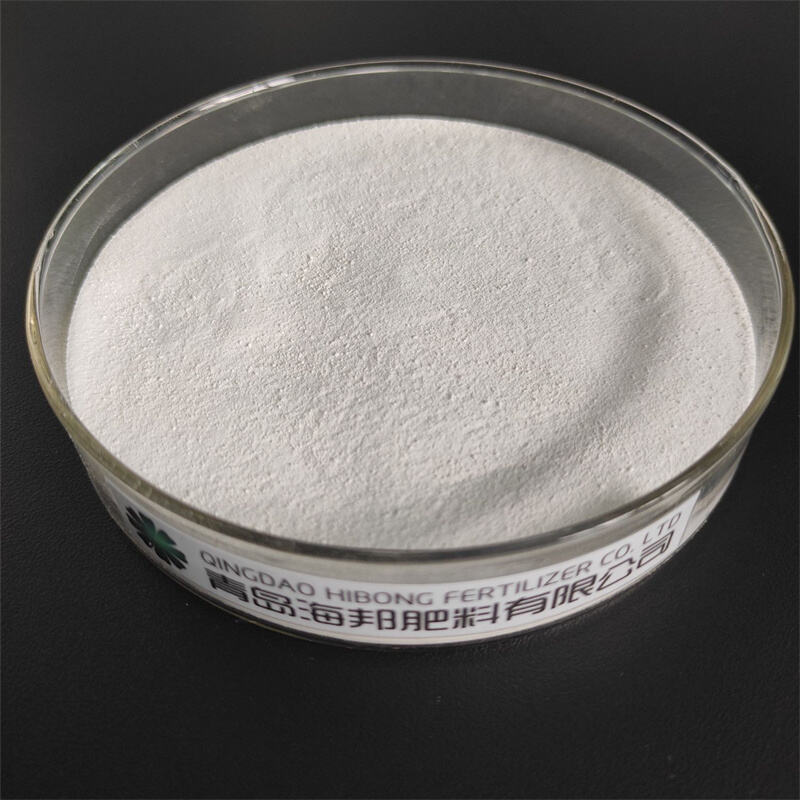 EDTA Mg
EDTA Mg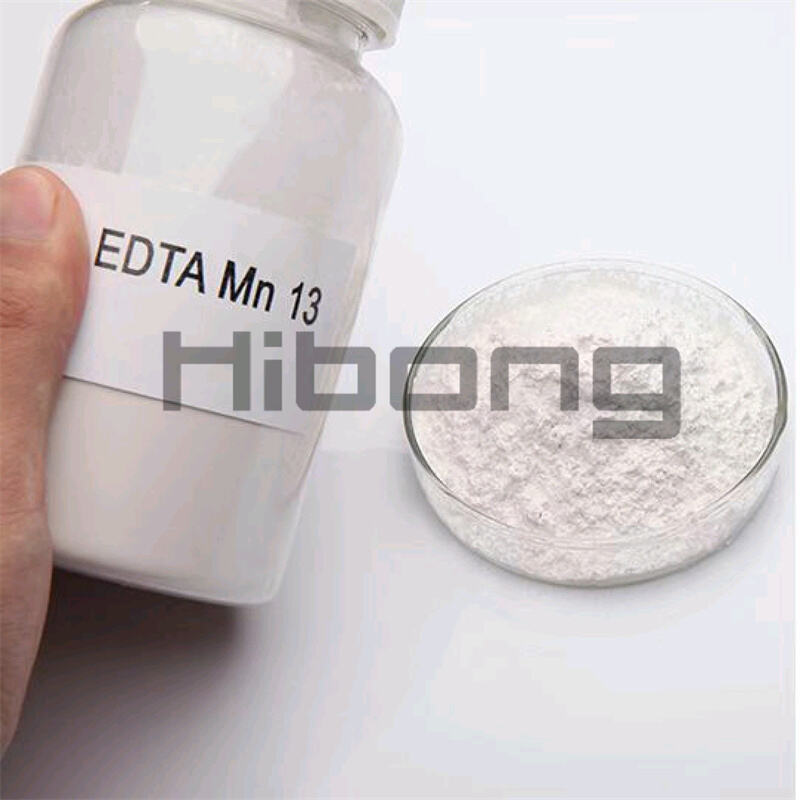 EDTA Mn
EDTA Mn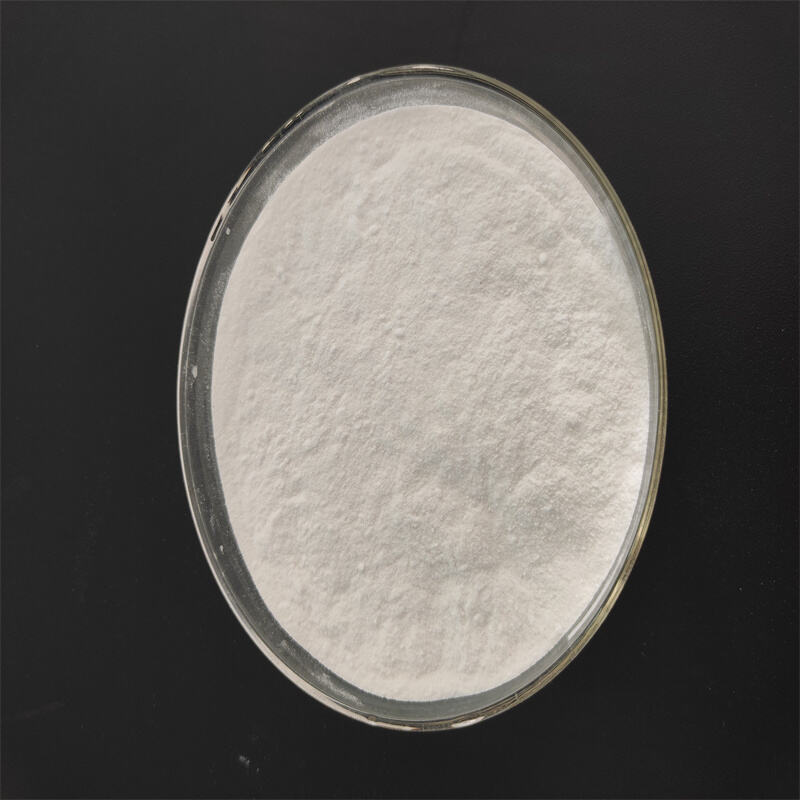 6-benzaminopurine(6BA)
6-benzaminopurine(6BA)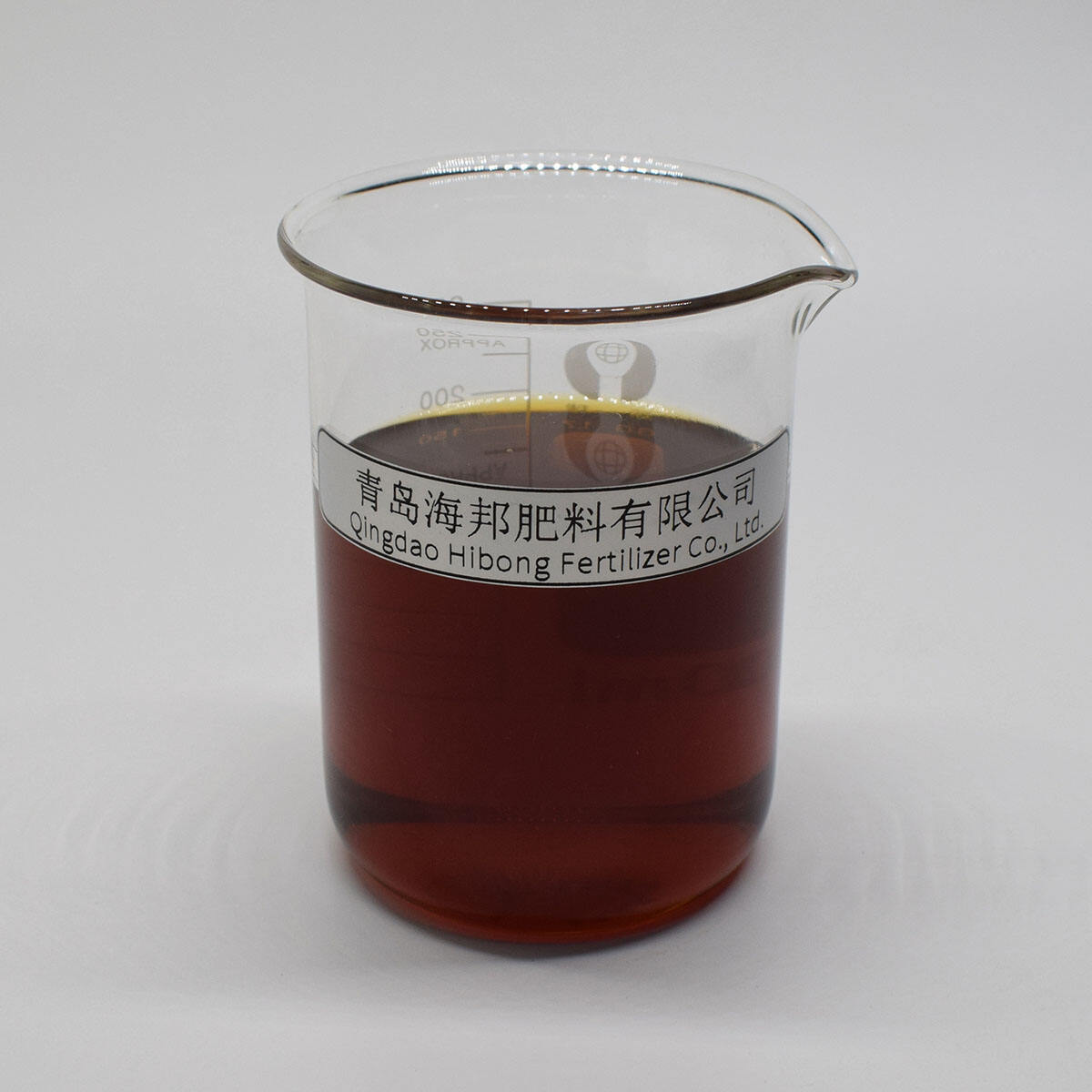 GA3 4% EC Liquid
GA3 4% EC Liquid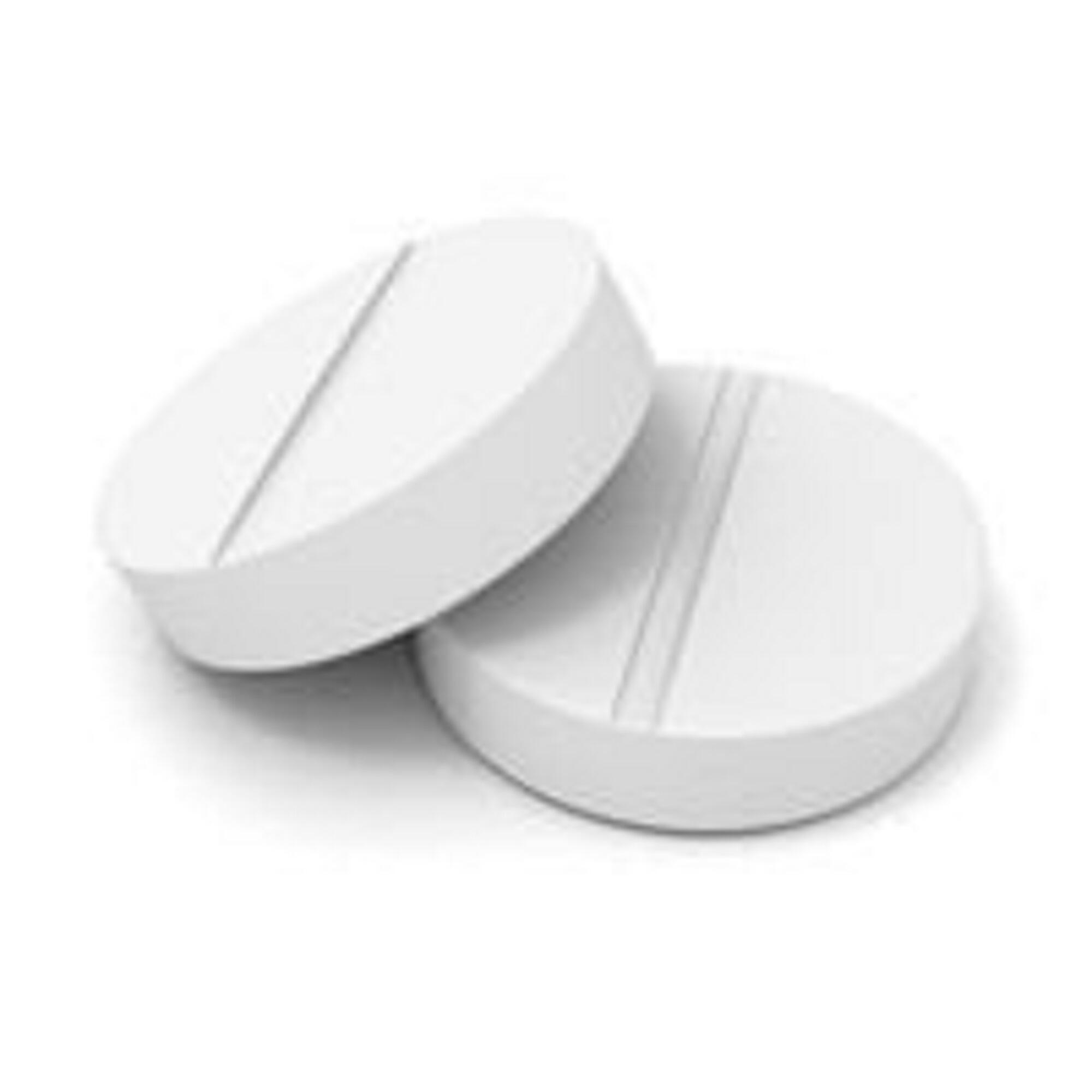 GA3 10% TB 10g Tablet
GA3 10% TB 10g Tablet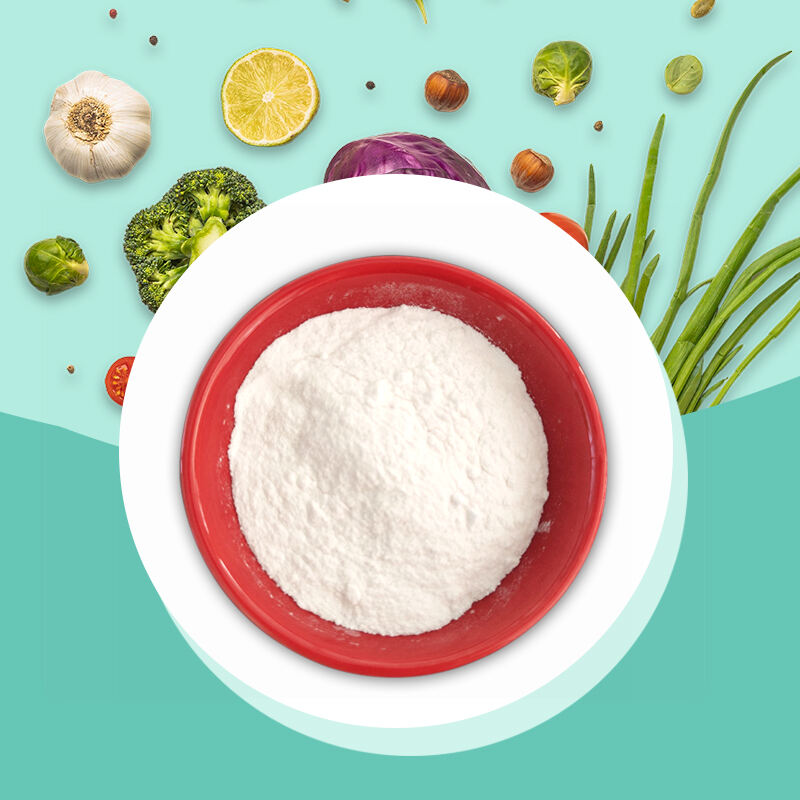 GA3 90% TC Powder
GA3 90% TC Powder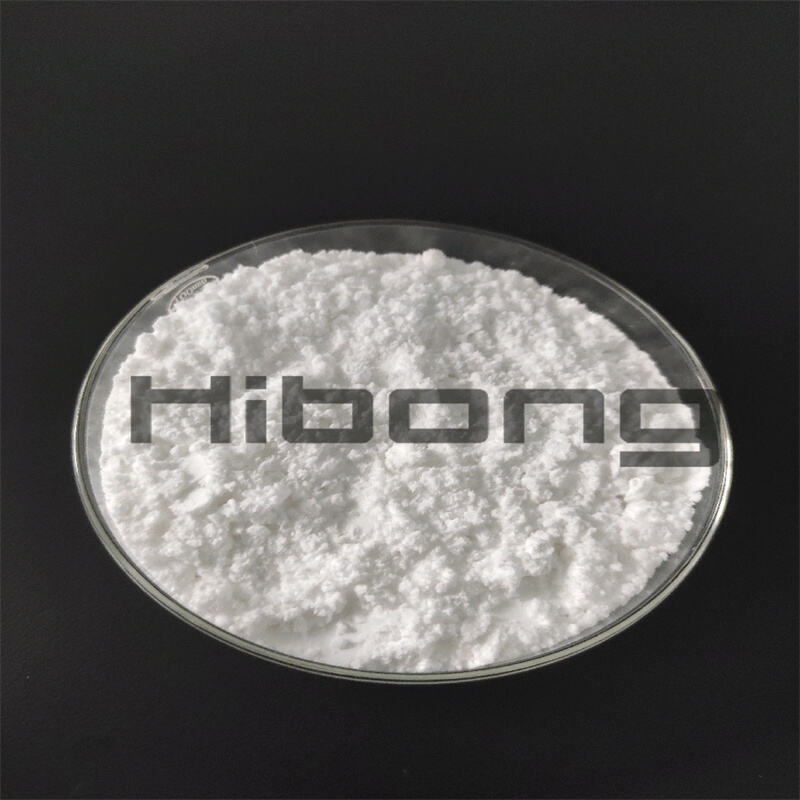 Diethylaminoethylhexanoate(DA6)
Diethylaminoethylhexanoate(DA6)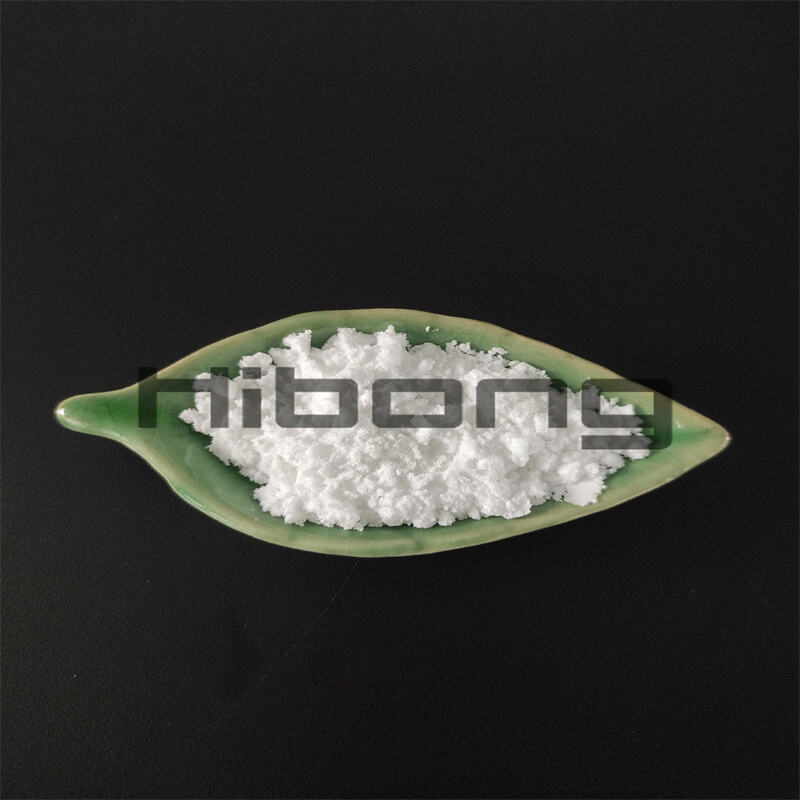 Paclobutrazol 15%WP powder
Paclobutrazol 15%WP powder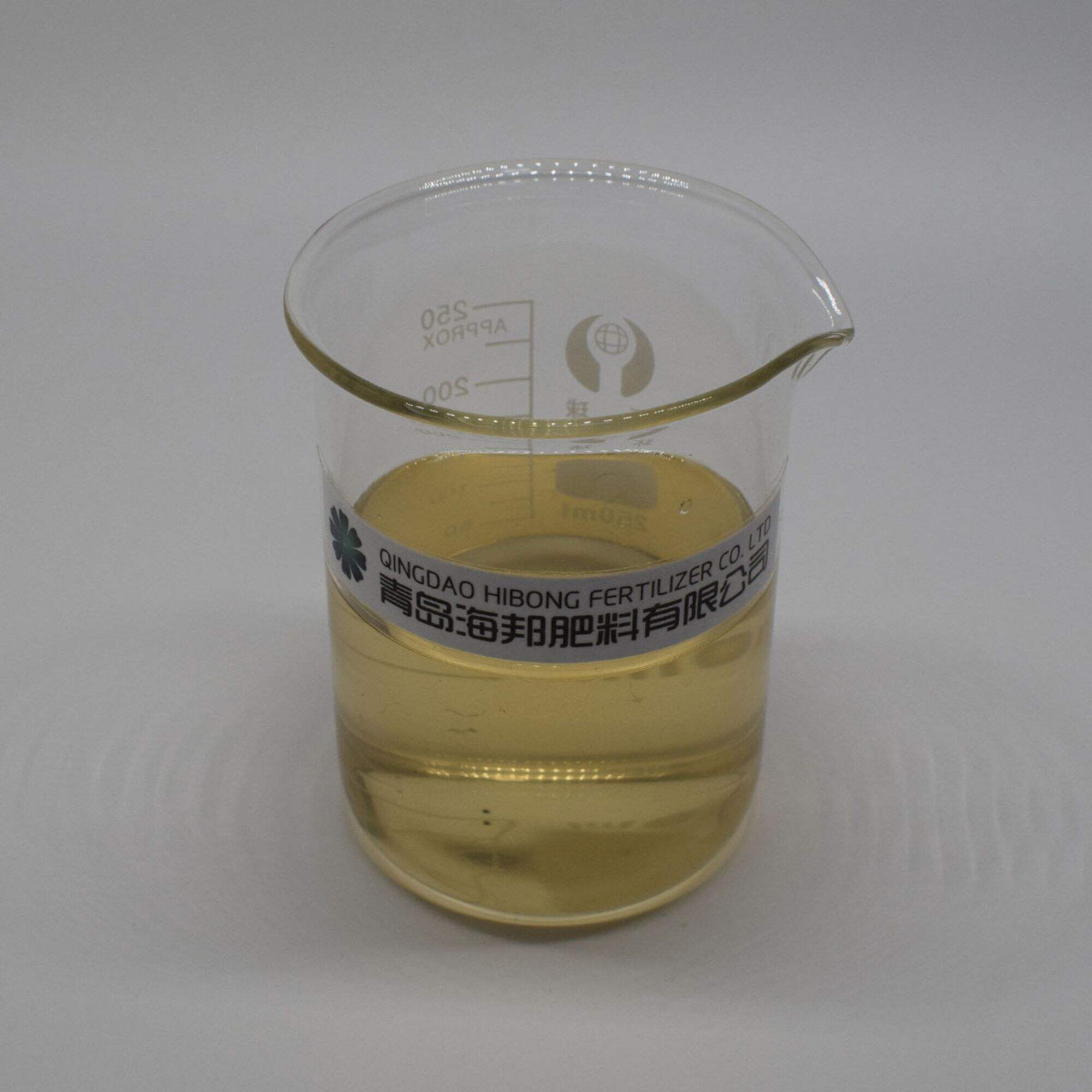 Paclobutrazol 25% suspension concentrate
Paclobutrazol 25% suspension concentrate
